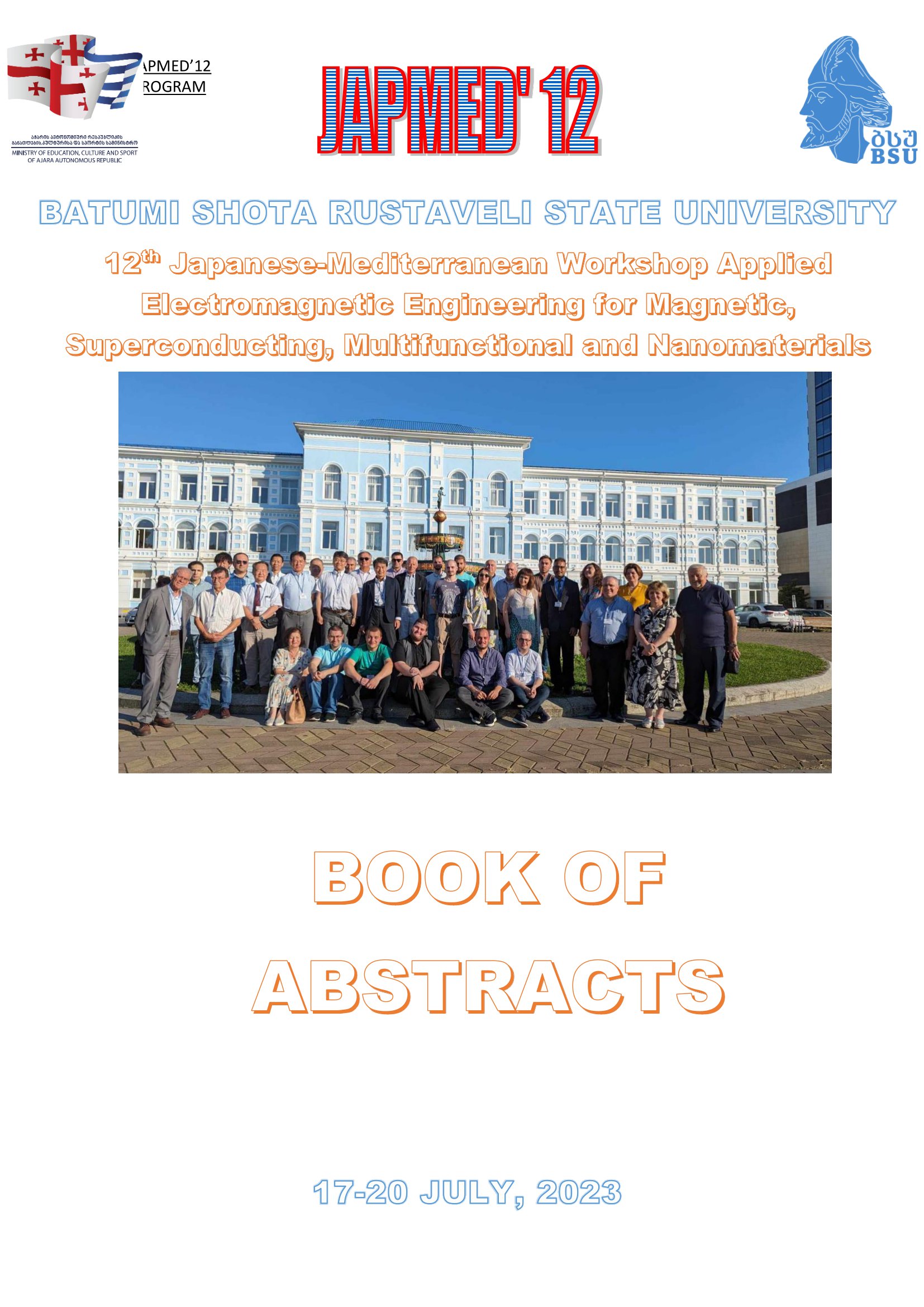DISCOVERING THE CAUSE OF AEROTOXIC SYNDROME: A CAUSAL CALCULUS APPROACH
Main Article Content
Abstract
Aerotoxic syndrome (AS) is a collection of symptoms of ill health experienced by pilots, cabin crew and passengers, especially frequent flyers, after a journey in a jet airliner. The syndrome is especially, but not exclusively, associated with the occurrence of "fume events", in which cockpit and cabin are filled with smoke. The problem started to arise when large aircraft interiors began to be heated and pressurized using air bled off from the main engines. Some of the symptoms are consistent with inhalation neurotoxicity due to compounds either present in fresh lubricating oil or as decomposition products resulting from the harsh environment of the engine oil. The seals separating the oil from the air invariably leak to a greater or lesser extent, depending on design and maintenance history, and the idea that AS is due to contamination of cockpit and cabin air by traces of engine oil has emerged. The matter is currently much debated and there are increasing attempts to better understand the origin of AS. The classic Bradford Hill criteria of medical causation have been applied, but rather inconclusively. Very recently, however, significant advances in developing the calculus of causality have been made. This contribution makes use of these advances to gain deeper understanding of the origins of AS.
